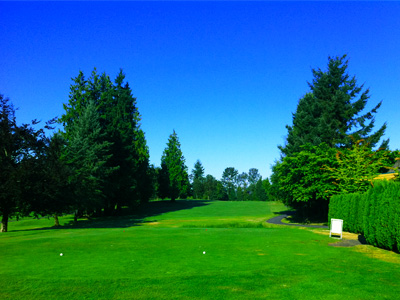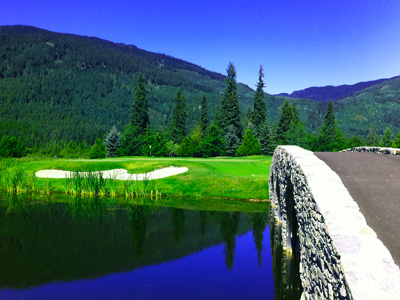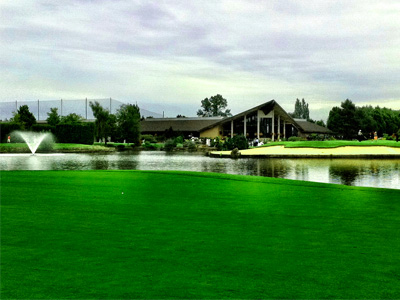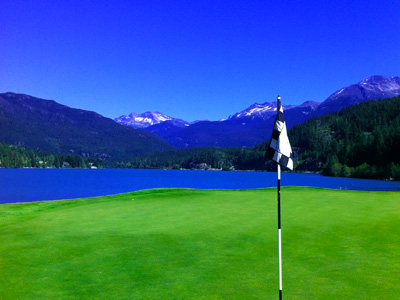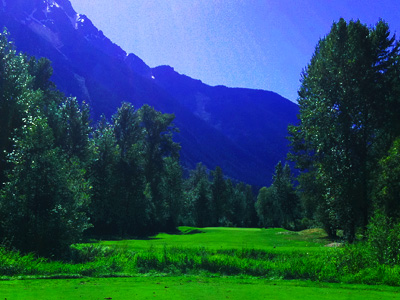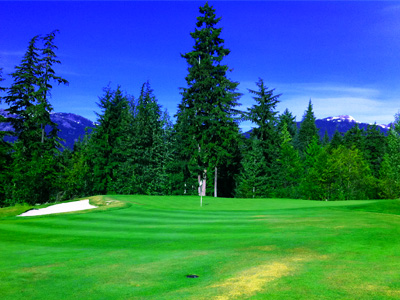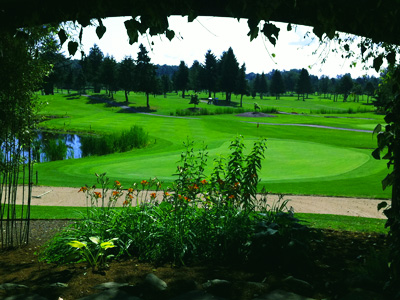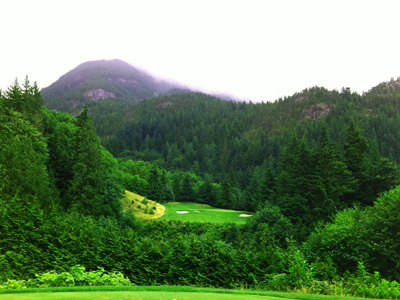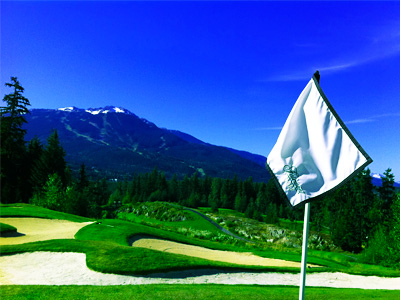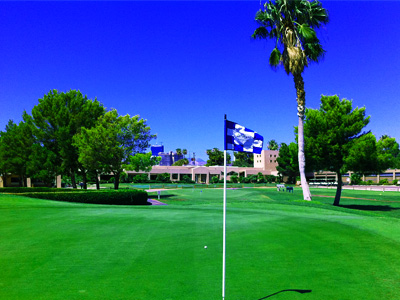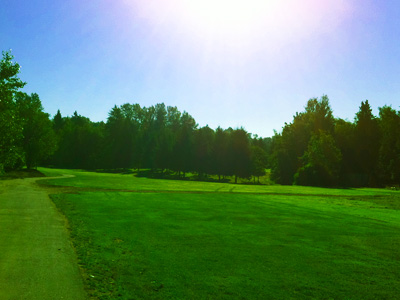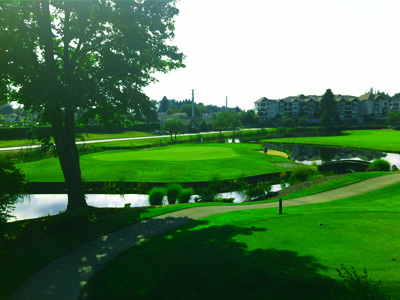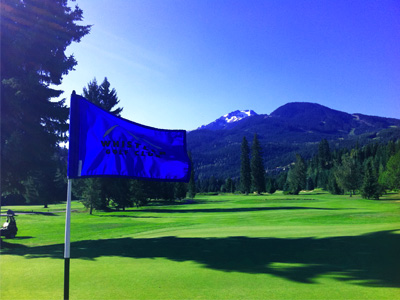When the 117th U.S. Open begins Thursday at Erin Hills in rural Wisconsin, less than a third of the 156-player field has even a remote chance of winning.
You see, the U.S. Golf Association, which conducts the second of golf’s majors (though it might be the third as of 2019 at Pebble Beach), bills the U.S. Open as Golf’s Toughest Test. And tough exams have tough questions, like the one players will have to answer on the tee at the par-5 first: Can you carry your driver 278 yards to reach the first fairway? If the answer is no, then you’re out.
Erin Hills is the longest course in major championship history. At 7,741 yards on the official scorecard, it squeaks by 2015 host Chambers Bay for that distinction. Even with the customary U.S. Open firmness to shorten the course with glorious summertime roll — which could be denied by pre-championship rain and an ominious early-week forecast — that’s still a lot of yards. There are five par 4s that play at least 495 yards. All of the four par 5s on this rare par-72 layout come in over 600 yards, including the opener. Fortunately, shorter players get three shots to find the par 5s in regulation and maybe leave a manageable birdie putt. On those long 4s, though? Good luck.
With fairways 50 yards wide in places — double the width of many PGA Tour fairways — players have room to work the ball for maximum distance. However, if they manage to miss generous tee-shot targes, then they could find knee-high gnarly fescue that will make finding balls challenging, much less hacking out of them. Lost balls, unplayable lies and high numbers enter the equation the second a ball enters that stuff. Then again, as Rory McIlroy, Adam Scott and others noted, missing targets that wide eliminates major contestants no matter whether it’s tall grass, trees, water or sand in the way.
Erin Hills, which can be stretched to an unconscionable nearly 8,400 yards, was built with the Open in mind, and the players seem pleasantly surprised the hand-in-glove relationship. After seeing the course, most of the contenders want this course to play as intended.
“Hopefully the weather stays away and it can play firmer and faster, which I think is pretty cool for this place,” said Jordan Spieth, who got into the quarterfinal round of the 2011 U.S. Amateur at Erin Hills. “It was pretty brown when we played it in the U.S. Amateur, and I thought it was fun that way.”
Of course the guys that can win want it firm and fast.
Length alone can eliminate most players who can’t overpower the longer holes to overcome shortcomings elsewhere in their games. Dustin Johnson is dangerous because he can get to the par 5s in two, but, as one of the Tour’s best wedge players, he can still get up and down for birdies from inside 125 yards with relative ease. Most players can do one or the other, or neither, but not both. Count all of those guys out.
However, Erin Hills’ tentacles onto the 650-acre erstwhile glacier-carved farmland on which it sits are not all long. There will be two driveable, or at least pretty short, par 4s at Nos. 2 and 15. The par-3 ninth, which will play 150 yards or less all week, will be the most diabolical hole of the week without forcing players to hit more than a 9-iron. As the regular caddies at Erin Hills like to joke, it’s the shortest par 5 on the course.
Wisconsin native Steve Stricker loves the idea of the ninth, which was once the 19th hole designed to settle straggling bets from the 650-yard finishing par 5. However, he knows the putting surface is fraught with peril.
“I think that ninth hole is a great par 3,” he said Tuesday. “We’re up there, sitting up there on top of the hill where the elements, the wind can be pretty exposed. The green isn’t great yet. There is a little runoff area that guys are going to get a little upset with that if that ball hits in the middle of the green it can roll all the way off the green and maybe 10 yards down into some chipping area. I think at some point that may need to get a little bit softened.”
The bunkers at Erin Hills are fascinating and unique. Most don’t have many flat lies in them, unlike what the best in the world see most weeks. By the end of the week, the beach could be a sore spot for a lot of players.
A staple of an Open setup, the lightning-fast, pure greens that could run in upwards of 14 — the equivalent of Diablo sauce at Taco Bell — on the Stimpmeter when the course plays its most dry. The green speeds invite defensive putting, a big change from most weeks for players of all stripes.
The constant pressure of major championship golf is too much for most players to stand for 72 holes, even on shots that wouldn’t make most high-level players think any other week of the year. Players know trouble is inevitable, and its unending threat is enough to derail players.
So, to win this Open, a player has to be reasonably long off the tee, have a keen touch with a wedge and the putter, be fit enough to walk an 8,000-yard course in heat and humidity and have the mental acuity to handle nearly six-hour rounds with the inevitable threat of disaster. There aren’t many players who check all of those boxes.
Maybe that’s why just no player who has gone through local qualifying since 1969 has won the Open. Maybe that’s why just Lucas Glover in 2009 and Steve Jones in 1996 — fluke Open winners, really — are the only notable names in recent memory to survive sectional qualifying and hoist the Open trophy. The U.S. Open may get nearly 10,000 applicants each year, but before an applicant even files for entry, the true number of potential winners is less than 50.
The feel-good stories are great, and they make the U.S. Open special, but most of those feel-goods know that come Thursday they’re not in the small pool of players who will feel great on Sunday with the trophy.
Ryan Ballengee is a Yahoo Sports contributor. Find him on Facebook and Twitter.
Devil Ball Golf – Golf – Yahoo Sports
Other Related Posts:
Here's something you don't see everyday: LeBron James named the latest ver...
You know who is excited about the Valero Texas Open? Billy Horschel, a guy...
On Sunday at the Barclays, Tiger Woods was making a late run at his sixth P...
A week ago, Brandel Chamblee, an analyst on The Golf Channel pinned a repor...
We don't know if Rory McIlroy will play in the final major of the year, but...

